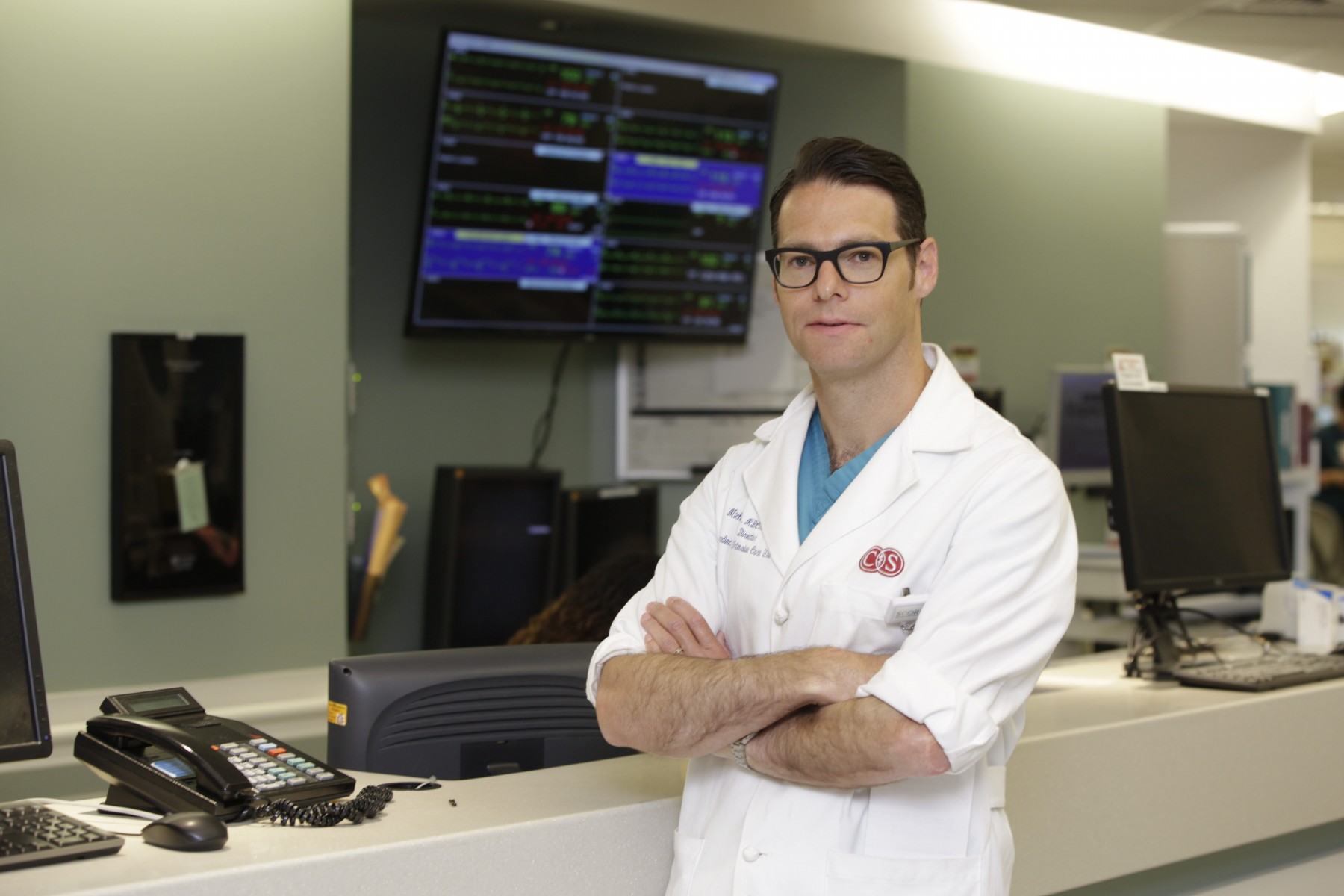Relative Value Units and Measuring Physician Performance
JAMA: The Journal of the American Medical Association recently published an editorial written by two Cedars-Sinai doctors, Bruce Gewertz, MD, and Michael Nurok, MD, PhD, urging health system leaders to change the method that is widely used to measure physician performance. As a follow-up to the editorial, the JAMA Network featured Nurok on its podcast, JAMA Author Interviews.
In the podcast, Nurok, the medical director of the Cardiac Surgery Intensive Care Unit in the Smidt Heart Institute, said the most commonly used metric, counting relative value units (RVUs), is outdated because it only measures billable physician services and doesn't measure time spent on important practices such as collaborating with other healthcare providers or educating patients on preventive health.
Howard Bauchner, MD, editor-in-chief of the JAMA Network, opened the interview by telling Nurok that when he first read the column, Bauchner “had an immediate visceral and emotional response to it,” because he knows physician evaluation and compensation is a major issue for healthcare systems.
As Nurok said in the podcast, RVUs were used for physician reimbursement starting in 1992 at a time when fee-for-service medicine was prevalent. RVUs then came to be used by health systems to measure physician productivity which became a primary marker of performance. And today, more than 25 years later, Nurok said, physician performance is still measured by this outdated system.
“In writing this editorial, we were thinking about how to focus care on a disease process, particularly where collaboration amongst different specialties is essential,” said Nurok. “We need new ways to think about clinician performance management that align with current health policy imperatives.”
As an example, Nurok detailed how different physicians might treat a patient with complex heart failure.
“One surgeon may spend a lot of time interacting with the heart failure cardiologists, nephrologists, having multi-disciplinary meetings with family members and really trying to understand the goals of care are for this particular patient and the likelihood of achieving those goals,” said Nurok.
Those interactions and meetings, Nurok said, occupy “hours and hours of time.”
Yet another surgeon may look at the same patient and say they need coronary artery bypass grafting and whisk the patient into surgery.
“Any clinician with that type of practice pattern would generate a lot more RVUs because RVUs are based on actually doing the procedure, not having the discussions, coordinating care, interacting with family members, or thinking about goals of care,” said Nurok.
Nurok urged medical centers to decide what their mission is and then consider how to create an environment in which clinicians can work with administrators and other constituents towards fulfilling that mission.
“The system cannot be a one-size-fits-all proposal,” said Nurok.
Read more from Discoveries magazine: Review Skew: Online physician-rating sites may mislead patients.




